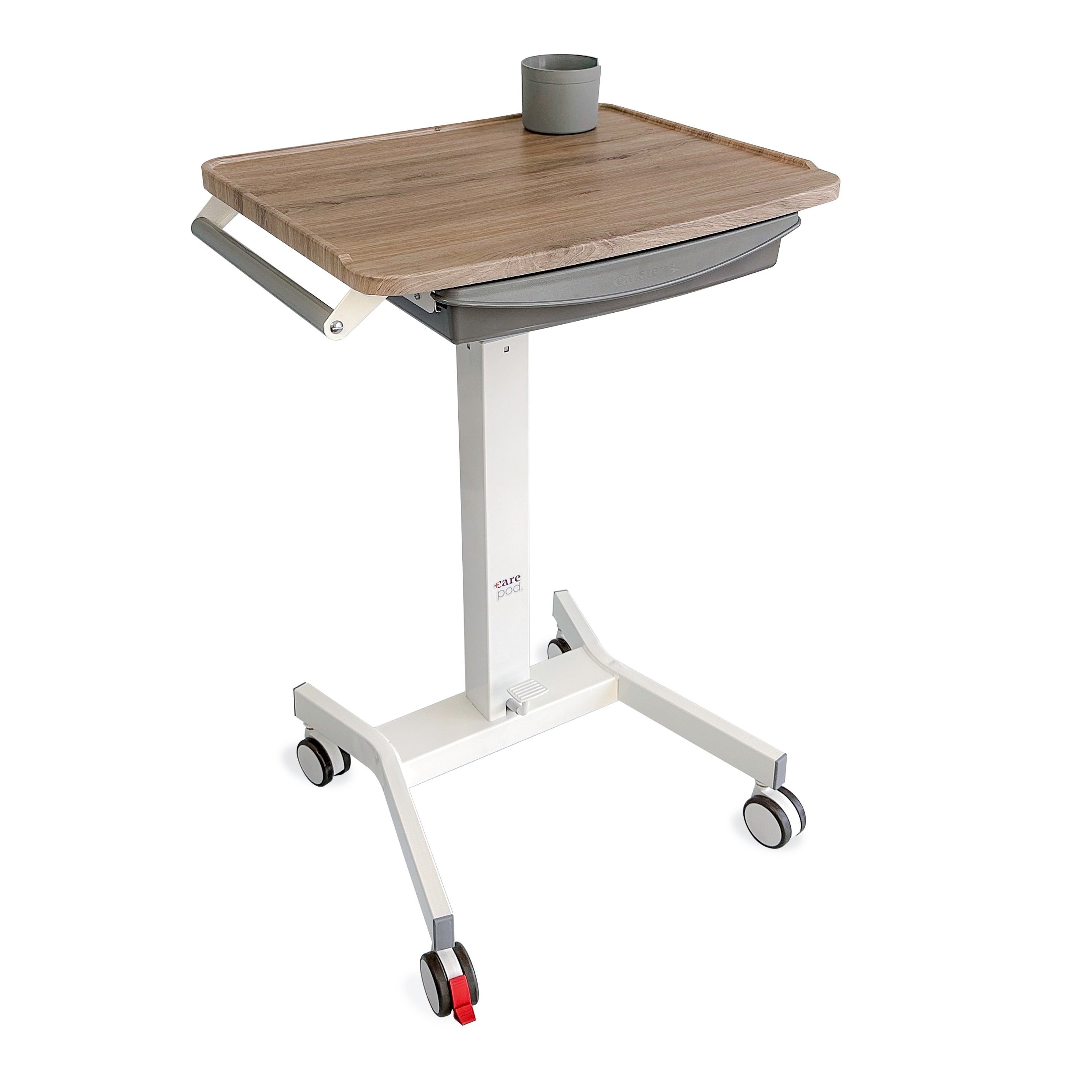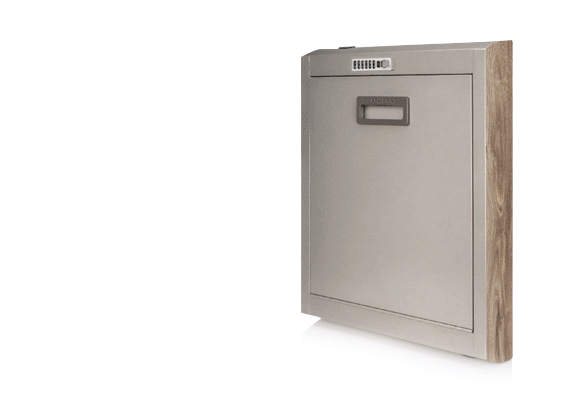Previously, many healthcare facilities used the centralized medication distribution model, but after the COVID-19 pandemic hit, they have discovered the limitations of those systems. Let’s look at what a decentralized medication distribution is and why hospitals worldwide are moving towards the decentralized model.
Trends That Are Impacting Medical Distribution
Health systems in the US and worldwide face various inefficiencies in their medication distribution process. With the ever-expanding role of pharmacists increasingly limiting their availability for non-clinical tasks, healthcare facilities are turning to a decentralized medication distribution system.
At the same time, health system pharmacy costs and the demand for resources are at an all-time high for filling and replenishing automated dispensing cabinets and other distributive functions. The high cost of managing drug shortages and medication therapy is putting a strain on pharmacy inventory, putting some organizations at risk of running out of stock, affecting nurse workflow and patient safety. By moving from a centralized system to a more decentralized medication distribution approach, health system pharmacies are improving patient safety, efficiency in care, cost-effectiveness, and overall job satisfaction.
What about other ways to increase the productivity and efficiency of your healthcare facility? Add CarePods, workstations, and other healthcare support equipment to your facility to improve your physicians’, nurses’, and patients’ quality of life!
What Is Centralized Medication Distribution?
The centralized medication distribution model relies on the pharmacy to process orders for each medication and then send the medications for that day to the patient care areas. In these systems, the facility’s medication rooms generally only store a few drugs for use on an as-needed basis.
While centralized medication distribution was largely standard in the US, it only took a single emergency for healthcare professionals to realize its limits, and now hospitals in the US and worldwide are taking a more decentralized approach.
What Is Decentralized Medication Distribution?
At the most basic level, you can define a decentralized medication distribution system as an approach where hospital pharmacies keep a large amount of medication in stock, ready to be dispensed to patients by the nurses as soon as a doctor orders the treatment plan.
In these scenarios, when more hospitals are using a decentralized distribution model, the medication rooms have undergone a few changes. They will typically require multiple tower dispensers (both auxiliary and main) along with ample refrigeration space to house the medication that requires it, e.g., coronavirus vaccinations. These decentralized medication rooms are getting larger so that they can house multiple medication dispensers, wall storage, counters, sinks, and other necessary accommodations.
Benefits of Using Decentralized Medication Distribution
While the benefits of using a decentralized medication distribution model have been apparent for some time now, the recent pandemic highlighted many of these benefits, which led to a more widespread adoption of decentralized drug distribution in healthcare facilities around the world.
Even prior to the pandemic, Canada’s healthcare facilities have widely utilized decentralized practice models with a high degree of success. Clinical pharmacists involved in these systems have seen an improvement in both mortality and morbidity-related outcomes for patients. Why? The decentralized medication distribution system that they use lets them easily provide in-service education and drug use evaluations to patients and manage adverse reactions, drug protocols, and admission/discharge medication reconciliation. Here are four significant benefits of using the decentralized medication distribution system:
1. Improved Patient Safety
A decentralized medication distribution model can potentially improve patient safety. This study by the Canadian Journal of Hospital Pharmacy shows how decentralized pharmacy systems can impact patient safety in the ICU. It found that, after implementing a decentralized service, the clinical pharmacists could complete more interventions, and the number of interventions per prescription decreased. A panel of independent experts reviewed the study’s findings of interventions and found that there was not an increase in detrimental errors with the change to a decentralized system.
2. Improved Efficiency in Patient Care
In the same study mentioned above, having clinical pharmacists on site while each order was initiated reduced or eliminated delays in getting medications to patients and improved the overall prescription turnaround time. There was also no decrease in patient follow-up or other clinical activities when transitioning to a decentralized medication distribution system. In addition to doing this, the pharmacists were still able to educate and visit patients while still answering questions as a part of their clinical job.
3. Enhanced Cost-Effectiveness
Decentralized distribution models have shown that they are more cost-effective than centralized ones. Moving to these systems, healthcare facilities reported that clinical pharmacist coverage expanded from around 20% to 100% in wards that began using a decentralized model without any increase in the number of employees. The same study mentioned earlier also found that their hospital saved $1.85 per prescription after switching to a decentralized system, which ended up saving the hospital approximately $12,000 per year on prescriptions alone.
4. Increased Job Satisfaction
Happy, empowered employees perform better at their jobs. According to this study, the decentralization of pharmacy services resulted in the pharmacists feeling a higher level of individual accountability and other aspects of patient care, which led to a more cohesive team environment that encouraged all members to advance their skills and practice. In the Canadian hospital study mentioned earlier, 100% of the hospital’s nurses were satisfied with the implementation of a decentralized distribution model. Storing essential medical supplies and medications at the point of care can reduce medical administration time by nearly 50%* and save nurses almost an hour per shift.†
The Bottom Line
The decentralized medication distribution model has proven to be an efficient, feasible, and cost-effective one in which patients receive better, safer care. While it took a pandemic for many healthcare facilities to see the limit of centralized systems and the benefits of decentralized ones, these facilities are transitioning to a decentralized approach to provide optimal care for their patients.
Are you looking for other ways to improve the efficiency in care, patient safety, and cost-effectiveness of your healthcare facility? Discover how Carstens’ healthcare support products like chart racks and clipboard dividers enhance productivity and increase point of care interactions!
*The Center for Health Design, Decentralized Medication Distribution, 2015.
†Atrium Heath Union (FKA Carolinas HealthCare Systems-Union), Decreasing Nursing Waste in the Medication Administration Process, 2018.






